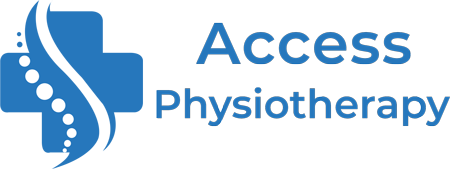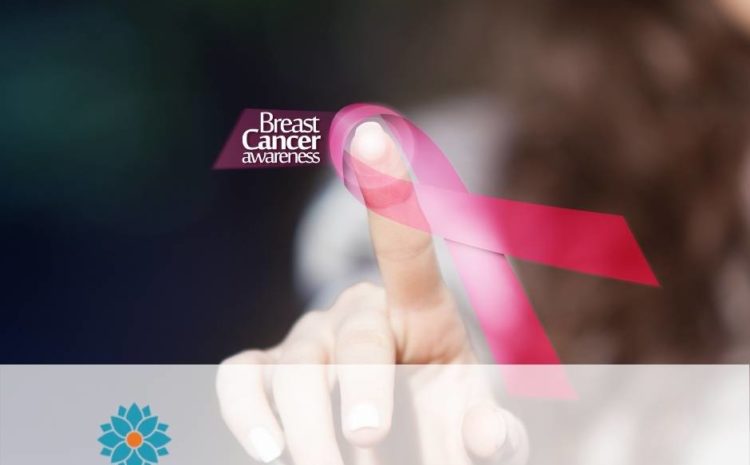As October is Breast Cancer Awareness Month, Access Physiotherapy’s team is committed to helping women understand the risks of this terrible disease. We’ve created this comprehensive post to highlight simple steps women can take to help reduce their risk of breast cancer through simple lifestyle changes.
However, it’s crucial to remember that there is no sure way to prevent breast cancer. The following advice is based on our own research, and should not be a replacement for speaking to a medical professional if you’re concerned.
If you believe you are showing any symptoms related to breast cancer, see your doctor immediately.
How To Reduce Your Risk Of Breast Cancer
Control your alcohol intake
Drinking alcohol in large volumes and on a frequent basis can increase the risk of breast cancer.
Why? Experts believe there may be several reasons, including the conversion process that turns alcohol into a chemical known as acetaldehyde once it’s consumed. This can harm the DNA inside cells and contribute to the development of cancer. You can learn more about this at the American Cancer Society’s website.
Maintain a healthy weight
Research indicates that more than 5 million adults are living with obesity. This condition can cause a number of serious health issues, including heart disease, stroke, type 2 diabetes, and breast cancer. Try to maintain a healthy weight as best you can.
Avoid smoking
We all know smoking can increase the risk of developing breast (and other forms of) cancer significantly, as can second-hand smoke. Yet a shocking 15 percent of Canadians still smoke, despite the efforts made to eliminate it entirely.
But smoking can also hinder treatments for breast cancer, such as slowing the healing process after breast surgery or reconstruction. It may also create a higher danger of blood clots forming when undergoing hormonal therapy treatments.
Exercise regularly
It’s not easy to stay active and exercise regularly when you lead a busy life. Juggling work, relationships, essential errands, friends, family, children — the days can seem to disappear, leaving you little time for yourself.
But it’s crucial to exercise on a regular basis, even if that means taking a brisk walk on your lunch break or hitting the local gym for an hour three or four evenings a week. This will help you maintain a healthy weight and could reduce your risk of developing breast cancer (as discussed above).
It’s recommended that healthy adults try to perform no less than 150 minutes of moderate aerobic exercise every week. Alternatively, 75 minutes may be enough, provided the aerobic activity is vigorous. Strength training can help too.
Aim to spend less time sitting down, even if that means cutting back on your favorite Netflix series and getting outdoors for a while instead. Maybe invite a friend along to the gym with you, so you can help to keep each other motivated and create targets together.
Eat healthier foods
Switching to a healthier diet may not prevent you from developing breast cancer, but it can help to keep your body at its healthiest and strengthen your immune system.
According to breastcancer.org, Dietitians recommend that we all:
- Eat lots of vegetables and fruit, including olive oil, tomatoes, broccoli, nuts, garlic, turmeric, spinach, strawberries, and citrus fruits
- Aim to keep your saturated fat consumption to less than 10 percent of your daily total calorie intake
- Aim to consume no more than 30 grams of fat each day
- Eat less trans fats, processed meats, and charred/smoked foods
- Avoid processed and red meats, and other processed foods
Think carefully about hormone therapy
Undergoing hormone therapy for between three and five years (or longer) can increase the risk of breast cancer. If it’s considered essential, the dose should be kept as low as possible and monitored regularly.
For menopausal women, a doctor may be able to recommend other treatments than hormone therapy. These might include non-hormonal medications and therapies, as part of a carefully-planned treatment course.
Breast Cancer Treatments
If breast cancer is diagnosed, one or more types of treatment may be recommended. This depends on the patient’s current general health, whether they have experienced the menopause or not, and the condition of the cancer (specifically, the tumor’s size, behavior, and biology).
Various treatment types are available, including:
- Chemotherapy
- Surgery
- Targeted therapy
- Hormone therapy
- Radiotherapy
One of these may be administered independently or combined with another.
In the case of surgery, one of two types will be suggested: breast-conserving surgery or a mastectomy.
Breast-conserving surgery involves removing the tumor and cancerous tissue. The amount of tissue removed depends on the tumor’s size, its position on the breast, and the breast’s size. Radiotherapy may be administered to destroy the remaining cancer cells.
During a mastectomy, the entire breast is removed. Some women who believe they are at a higher risk of developing breast cancer may choose to undergo preventative mastectomy surgery, removing one or both breasts to avoid the disease.
Breast-conserving surgery and mastectomies may be followed by reconstructive surgery, during which a cosmetic surgeon will restore the shape of the breasts. Modern technology and techniques can help surgeons to achieve amazingly natural results, restoring the breasts to their pre-surgery shape (or close to it).
Women may find adapting to their post-surgery shape difficult, whether they have undergone a breast-conserving procedure or a mastectomy. According to UPMC HealthBeat, common struggles include worrying about being less conventionally attractive to their partner, feeling less “feminine”, and finding clothes that fit comfortably.
However, various solutions are available to women today. As we’ve already discussed, breast reconstruction surgery can restore the breast tissue with natural results. Mastectomy bras may be used before, or instead of, reconstructive surgery.
These include pockets to hold breast forms, and create a natural, authentic breast shape. Pocketed swimwear is available, too, for women who want to visit the beach or take a dip while still wearing breast forms.
Access Physiotherapy works with Amoena to provide custom fittings for mastectomy bras in a relaxed yet professional environment.
To learn more about a mastectomy bra fitting for yourself or a loved one, please contact our team today.

